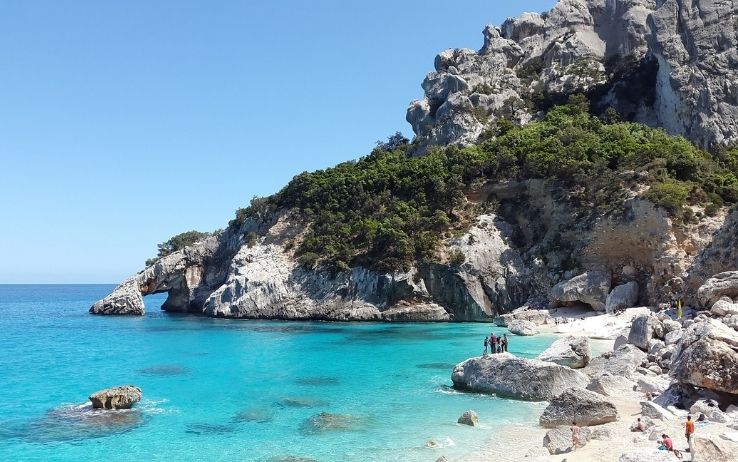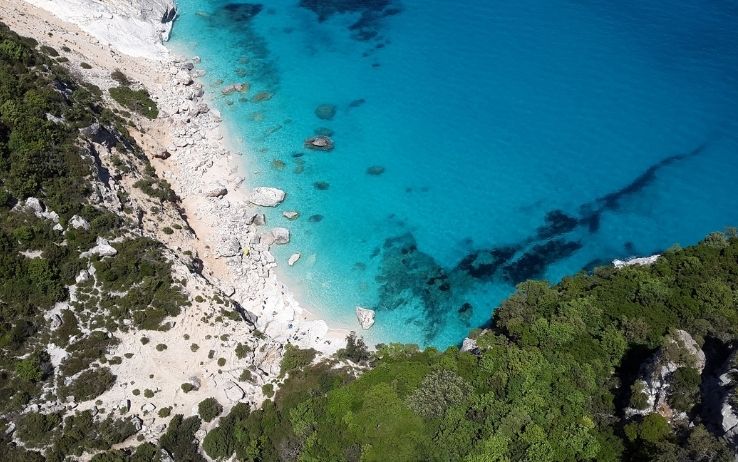Travel to Sicily and Sardinia: active restrictions
Among the various topics at the center of public debate in Italy is the Covid-free islands project, which aims [...]
Among the various topics at the center of public debate in Italy is the Covid-free islands, which aims to increase tourist traffic ahead of summer 2021, which is expected by the entire industry. Many are the questions: will it be possible to to reach Sicily and Sardinia? If yes, with what requirements? What are the restrictions and what are the new regulations in relation to reaching second homes?
In this article:
The Covid-free plan covers the smaller islands, which has generated the prompt reaction of Sicily and Sardinia. The governors call on the government to proceed with mass immunization in their territories, in order to ensure an economic return for tourism, which is decisive for the well-being of Italy's largest islands: "Quickly proceed with the vaccination of the entire population of Sardinia and Sicily, that is, the two largest islands in the Mediterranean with a strong tourist vocation, which can guarantee important numbers for the recovery of the national economy."

Traveling in Sicily
On April 7, an order was issued by the president of the Region of Sicily. extending regulations and obligations related to the containment of contagion until May 31 (inclusive). The gaze will be especially on those who intend to enter the region, rather than leave it.
The first step is to register, which is mandatory, on the portal apposite. Before you can set foot in Sicily, however, a nasopharyngeal swab, which must be negative and bear a date no earlier than 48 hours before entering the region.
In case swabbing was not possible in a preventive manner, one can go to one of the specially dedicated drive-ins and undergo a rapid antigen test.
This procedure is totally free of charge. It will be necessary to pay, however, should one prefer a molecular swab at an authorized laboratory, privately. Those who do not follow these procedures, in the uncertainty of being positive or negative, will have to undergo fiduciary isolation for 10 days.
As much as it is not forbidden to leave Italian borders for purposes of work, health and tourism, movement between regions is prohibited, except for reasons of great necessity, demonstrable. Norms that do not apply to foreign tourists, who can enter our territory by complying with the relevant anti-Covid security regulations.
The regulation described therefore mainly refers to those who intend to have the Return to one's home or access to a second home. Considering how the Easter season has long since ended, the regions have given back access to second homes, whether rented or owned.
In order to facilitate work travel, to and from Sicily, all commuters and those who have been away for a period of less than four days for work purposes are excluded from the restrictions indicated.

Traveling to Sardinia
Sardinia finds itself facing weeks of red zone, after being the first Italian region to experiment with the white zone, which led to the temporary reopening of all businesses.
Through April 30 only travel for work, health or necessity is permitted. However, everyone is allowed, at all times, to return to their residence, domicile or home. The same applies to reaching second homes. Past the Easter period, which imposed tighter restrictions, it is freely permitted to travel to Sardinia to one's second home. One will, however, have to abide by the rules that apply in the red zone. This applies both to facilities in the region and those outside. Anyone will be able to leave Sardinia to travel to a second home elsewhere without restrictions.

Second home
Having passed the Easter period, the decree 44/2021, which led to the reopening of schools, up to the sixth grade, even in the red regions. Added to this is the freedom to reach second homes, whether rented or owned.
As of now, Campania, Liguria, Marche, Piedmont, Apulia and Sardinia have reopened their doors. Tuscany did so on April 11, and Val d'Aosta from April 12. It is different for South Tyrol, which will maintain the restriction previously in place until April 30. Slowly, however, all regions will provide the opportunity to return to second homes.
- 6,000 Mile Registration Bonus
- Collect miles WITH EACH PURCHASE
- Your miles with no expiration*
- No fees for ATM withdrawals and foreign purchases
- Without having to change banks
- Autonomous card activation
- Multi-function mobile application
- Free travel insurance
- Free credit for up to 7 weeks
- Contactless Payment
- Mastercard® SecureCode



